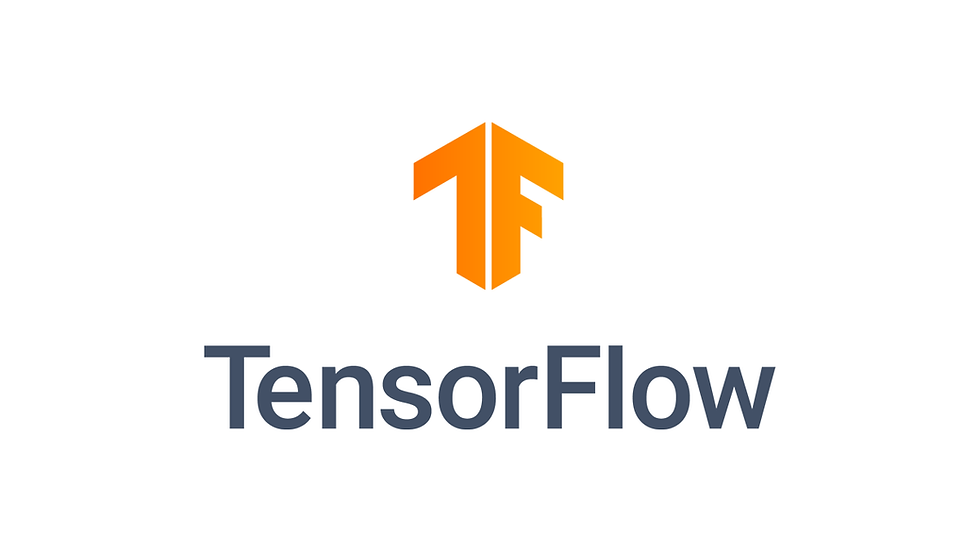
The TensorFlow programming model is based on a data flow graph, which is a directed graph that describes the flow of data through a computational model. The graph consists of nodes and edges, where nodes represent operations (such as addition, multiplication, or convolution) and edges represent the data that flows between the operations.
When you define a TensorFlow model, you define the graph of operations that make up the model. This graph is composed of TensorFlow operations (also called ops) that take tensors as inputs and produce tensors as outputs. A tensor is a multi-dimensional array that represents a mathematical object.
The execution of a TensorFlow model is based on the graph of operations that you defined. TensorFlow uses lazy evaluation to optimize the execution of the graph. This means that the graph is not executed until it is needed to produce a result. When a graph is executed, TensorFlow determines the dependencies between the operations and executes them in the correct order to produce the desired output.
To execute a TensorFlow model, you need to create a session. A session is a context in which the operations of the graph can be executed. You can create a session by calling the tf.Session() function. Once you have a session, you can run the graph by calling the session's run() method and passing in the operations that you want to execute.
Here's an example of defining a simple TensorFlow model and running it:
import tensorflow as tf
# Define the graph
x = tf.constant(2.0)
y = tf.constant(3.0)
z = tf.add(x, y)
# Create a session and run the graph
with tf.Session() as sess:
result = sess.run(z)
print(result)In this example, we define a graph that adds two constants (2.0 and 3.0) together. We then create a session and run the graph by passing in the output operation (z) to the session's run() method. The result of the computation (5.0) is printed to the console.
This is a simple example, but TensorFlow can be used to define and execute much more complex models. By using the data flow graph and lazy evaluation, TensorFlow can efficiently execute large-scale machine learning models on a variety of hardware platforms, from CPUs to GPUs to distributed systems.
Comments